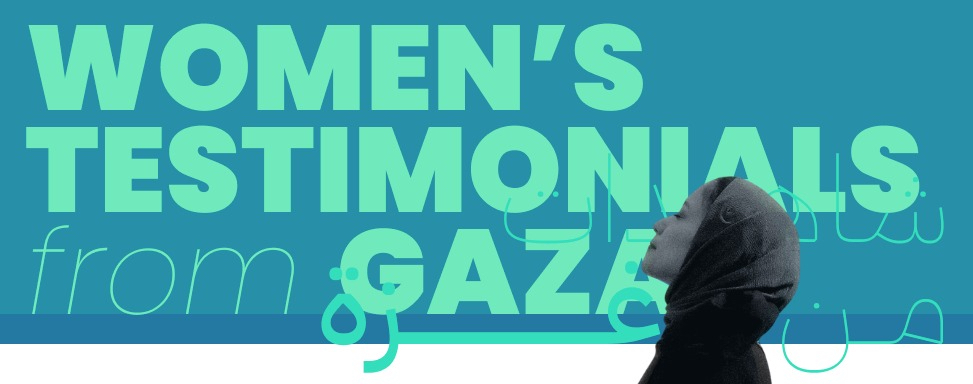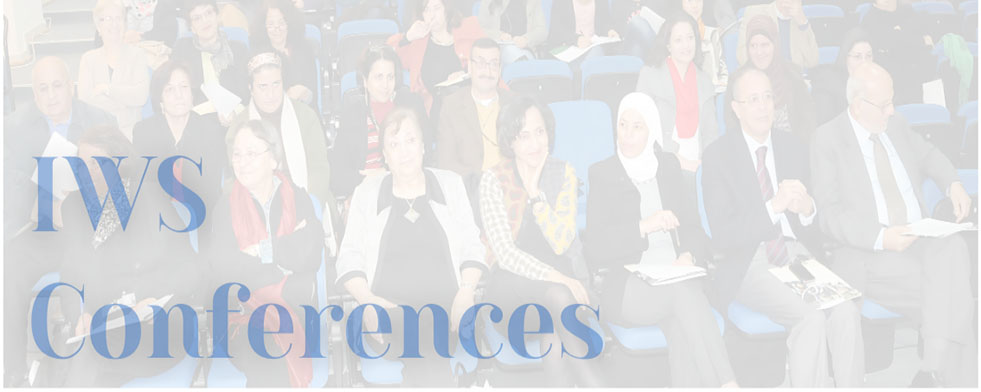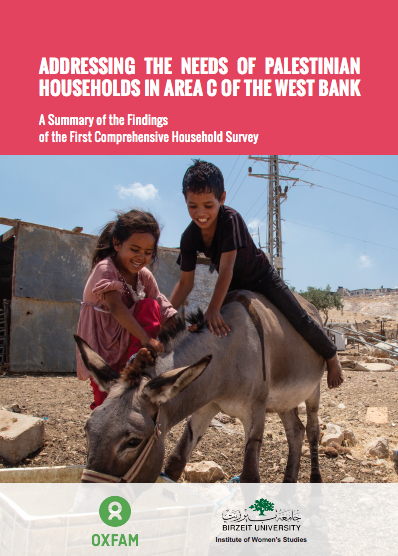Gender and migration: Beit Hanina as a case study pdf
Year: 2017
Author: Noura Salah Aldeen
Supervisor: Rema Hammami
Discussion Committee: Eileen Kuttab & Amirah Silmi
Abstract
This research project explores how transnationalism has affected gender norms, roles and relations in the Palestinian village of Beit Hanina north of Jerusalem. it focuses on the impacts and experiences of transnationalism through the eyes of the two native groups in the village, focusing on how gender norms and relations are shaped, transformed as well as circulate across geographic physical boundaries, as well as cultural boundaries. The first native group is the trans-migrant group, or the “hyper-transnational” group. They are the natives of Beit Hanina (or Hanayna in Arabic), who originate from the village but reside in the US. They are first, second and third generation immigrants in the US, who return to Beit Hanina as frequent visitors or return migrants. The second native group is the “stayers” group; or the “fixed-transnational” group. This group of Hanayna has not immigrated to the United States, but has kin relations with the hyper transnational group in the US, and is in constant contact with them. The social interaction between these two groups, the perceptions of gender norm, roles and relations shared within this transnational community, and the transactions of gendered “social remittances” (Portes, 2008; Levitt, 1998), in addition to reverse gendered social remittances that flow from the stayers group to the trans-migrant group are also central foci. To answer the research question, qualitative research approach was taken, in-depth interviews, and group interviews with members of the two groups have been conducted.
Download



